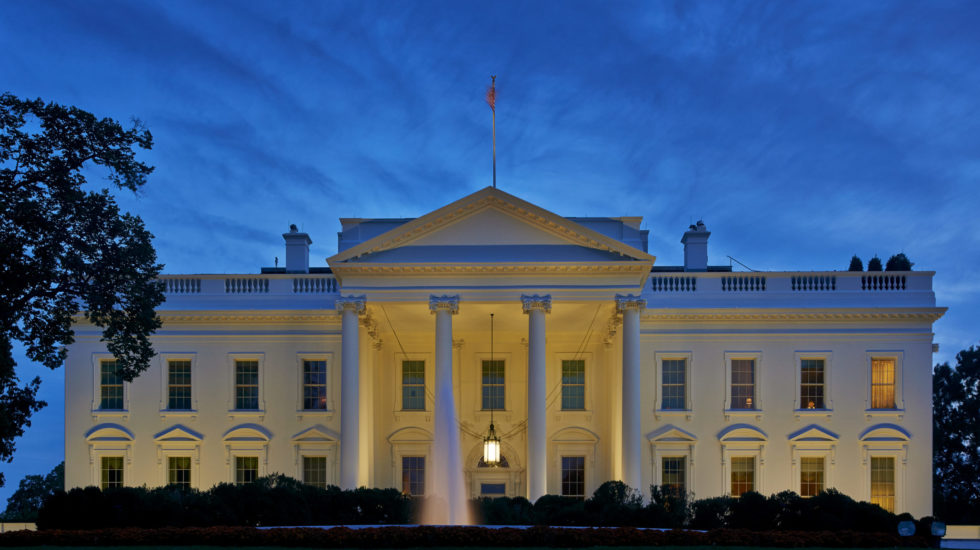Was there another motive to the assassination of a top Iranian General? The Trump administration, including the President himself, has justified the killing of Iranian General Qasem Soleimani because he was allegedly planning “imminent” attacks on American targets.
But The Washington Post has found on the day Soleimani was killed, an attempt to kill another top Iranian official in Yemen had failed. The strike targeted Abdul Reza Shahlai, a financier and key Iranian commander.
“The unsuccessful operation may indicate that the Trump administration’s killing of Maj. Gen. Qasem Soleimani last week was part of a broader operation than previously explained, raising questions about whether the mission was designed to cripple the leadership of the Islamic Revolutionary Guard Corps or solely to prevent an imminent attack on Americans as originally stated.“
A senior Trump administration official told the Post the mission was not publicized because it didn’t go according to plan.
Donald Trump has said Soleimani had plan to attack four U.S. embassies. The Post writes:
“Defense and State Department officials said the strike against Soleimani saved “dozens” if not “hundreds” of American lives under imminent threat. The strike against Shahlai potentially complicates that argument.
“This suggests a mission with a longer planning horizon and a larger objective, and it really does call into question why there was an attempt to explain this publicly on the basis of an imminent threat,” said Suzanne Maloney, an Iran scholar at the Brookings Institution.“
And the Wall Street Journal reports of another possible motive:
“Mr. Trump, after the strike, told associates he was under pressure to deal with Gen. Soleimani from GOP senators he views as important supporters in his coming impeachment trial in the Senate, associates said.“



